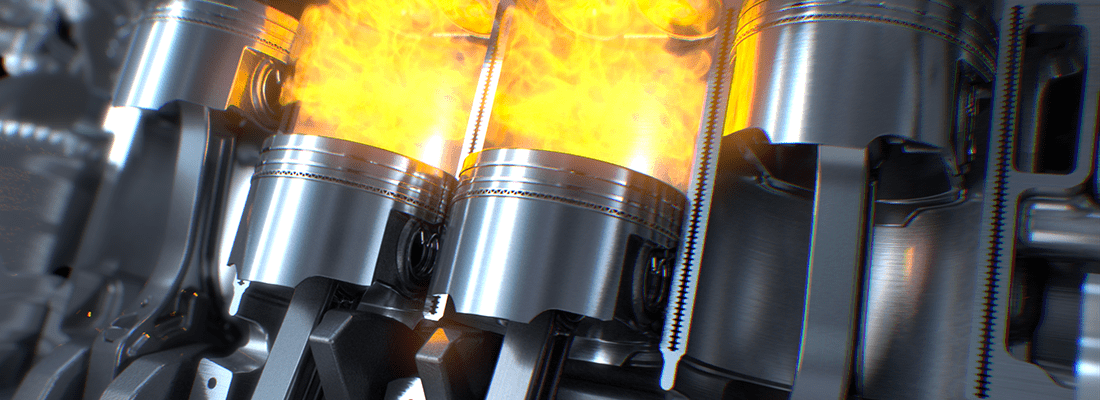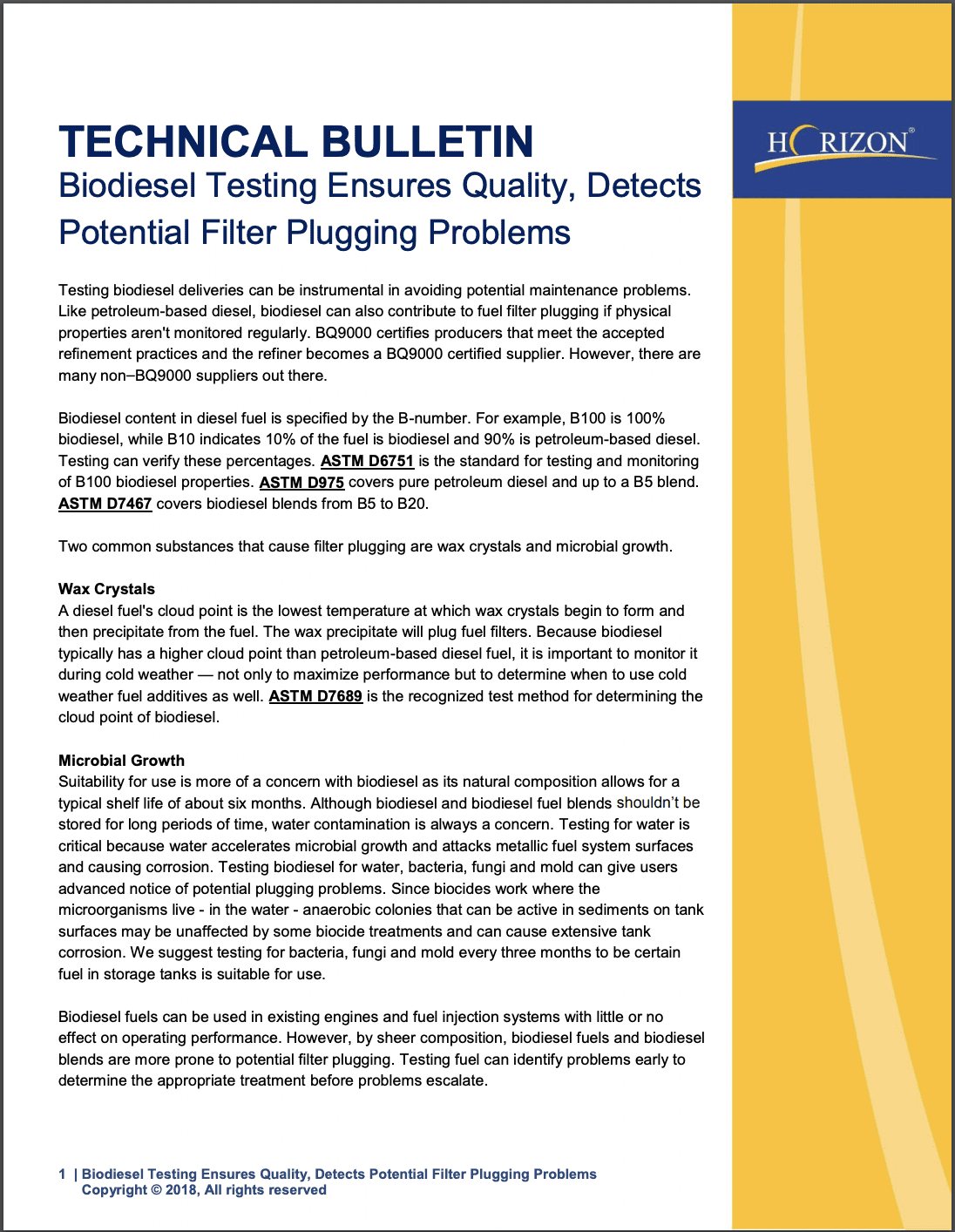Monitor Biodiesel Content with FAME Testing

If you’re in the fuel industry, or store diesel to refuel your vehicles/machinery on site, then it’s likely you’ve heard about the increasing level of biodiesel and Fatty Acid Methyl Esters (FAME) content. What problems can it cause and how do we overcome them?
Fatty Acid Methyl Esters (FAME)
One of the reasons for Fatty Acid Methyl Esters (FAME) use in biodiesel instead of free fatty acids is to nullify any corrosion that free fatty acids would cause to the metals of engines, production facilities and so forth. Free fatty acids are only mildly acidic but, in time, can cause cumulative corrosion unlike their esters.
“Water is All Life” I’m sure you have all heard that phrase. For biodiesel blends it is more than true – it’s detrimental. The methyl esters in biodiesel are hygroscopic, meaning they can absorb considerably more moisture than petroleum-derived diesel and hold this in suspension in the fuel. When water is able to contaminate diesel, it provides conditions suitable for microbial growth and can lead to molds, yeasts and bacteria spreading throughout the fuel.
What is FAME?
- FAME is bio-degradable and is an ideal source of nutrients for microbes
- If contamination is left untreated, it can damage the fuel permanently
- Petroleum-derived fuels absorb considerably less moisture by comparison and tend to shed water as a separate layer at the bottom of storage tanks
- Acting as a detergent, it cleans any residual dirt or impurities from the tank walls and pipework it passes through, which ultimately end up in the fuel itself. This can lead to clogged filters and failed diesel fuel reports for cleanliness.
Types of FAME
Another factor in bio content, it is the type of FAME blended into the fuel, which can be very problematic. Biodiesel produced from soybeans, which is more common in the U.S. than in Europe, and is particularly problematic. Soybean Methyl Esther has a lower oxidation stability than biodiesel produced from other feedstock. Yet biodiesel has been a major boon to soybean farmers and they’ve been a major force behind raising the blend requirements. Biodiesel made from animal fat (tallow) has a higher level of saturates meaning it is more prone to waxing/gelling. It begins to crystallize at higher temperatures than bio made from vegetables oils, making your fuel appear cloudy and your filters clog. This higher cloud point makes the use of such biodiesel less suitable in the winter, which can further issues experienced when the cold months arise.
Why is BioDiesel Dilution Problematic?
Biodiesel Fuel Dilution can be a problem. Because biodiesel has a higher flash point than petroleum diesel, the biodiesel does not combust allowing the biodiesel to collect inside the crankcase of the engine itself and turn to sludge. This crankcase sludging is irreversible and over time can lead to catastrophic engine failure.
Learn more about biodiesel testing offered by POLARIS Laboratories® by downloading our technical bulletin Biodiesel Testing Ensures Quality below.

Proven Impact. Proven Uptime. Proven Savings.
Let us prove it to you.




